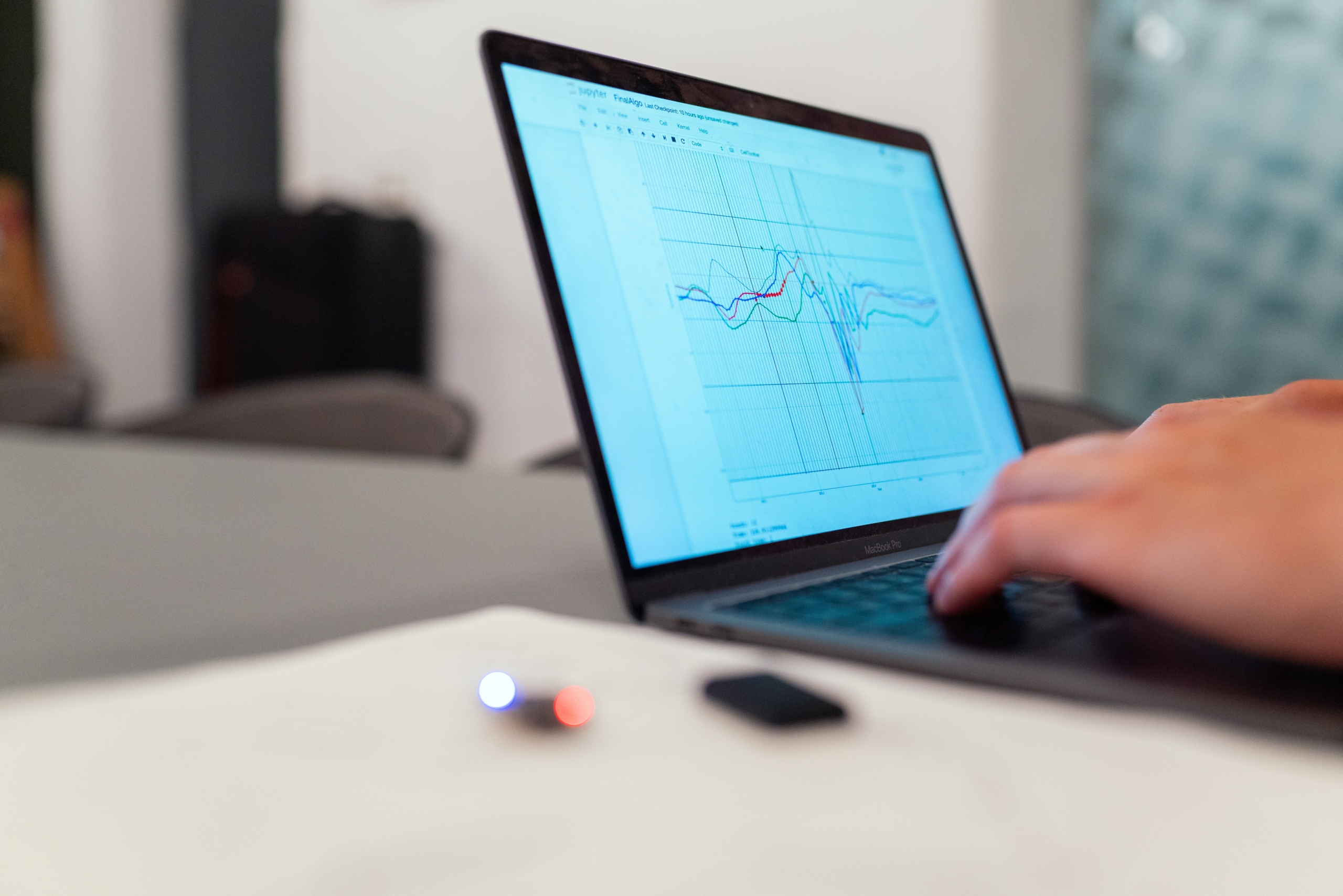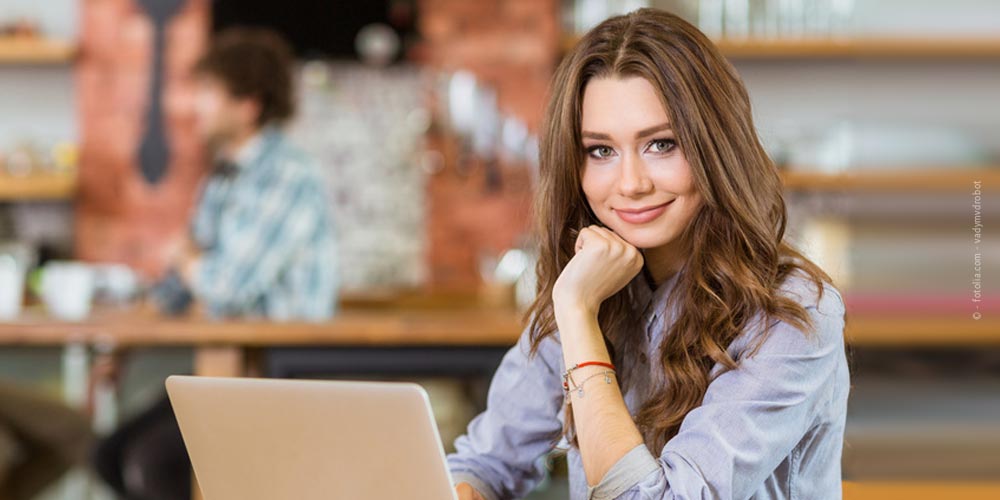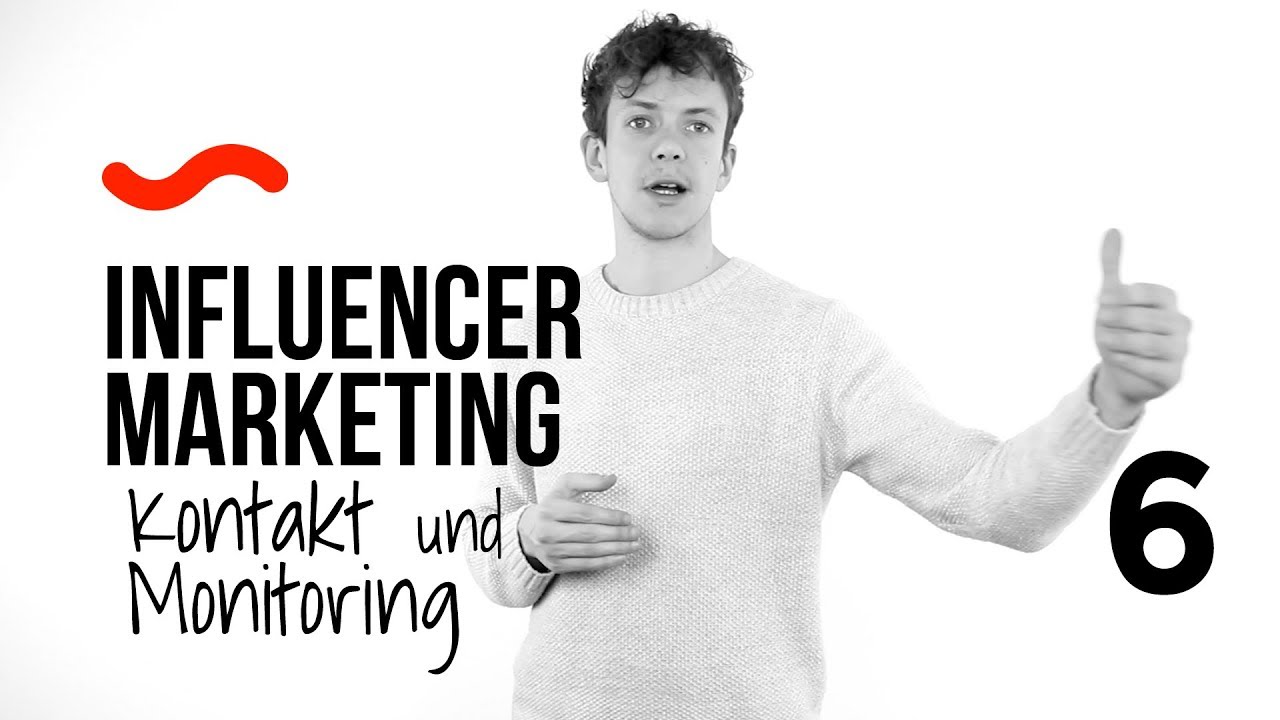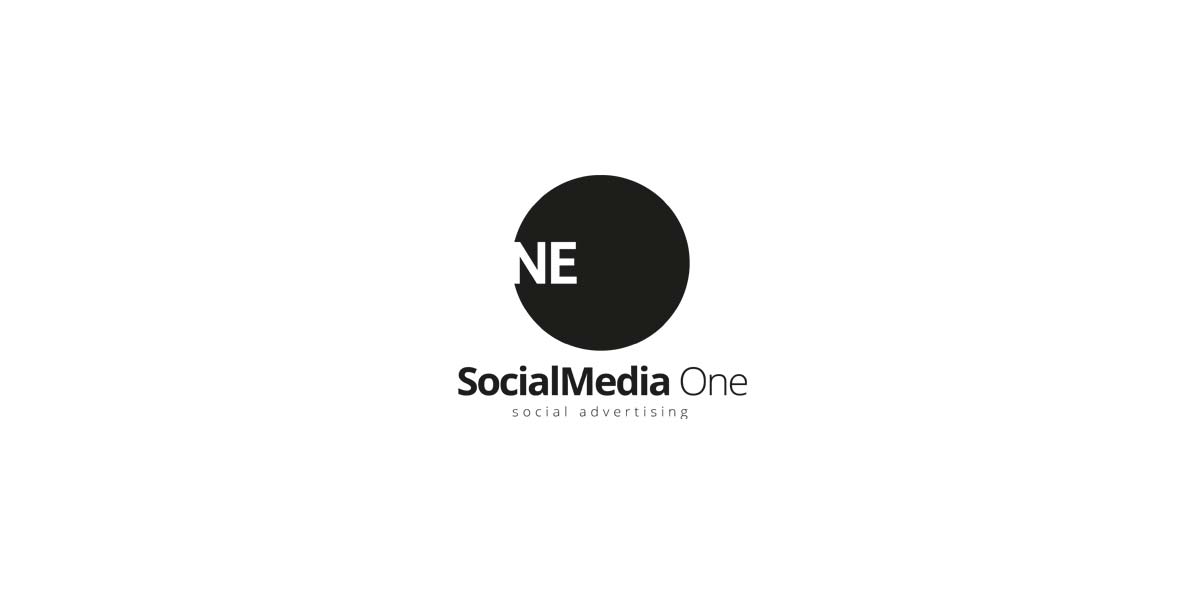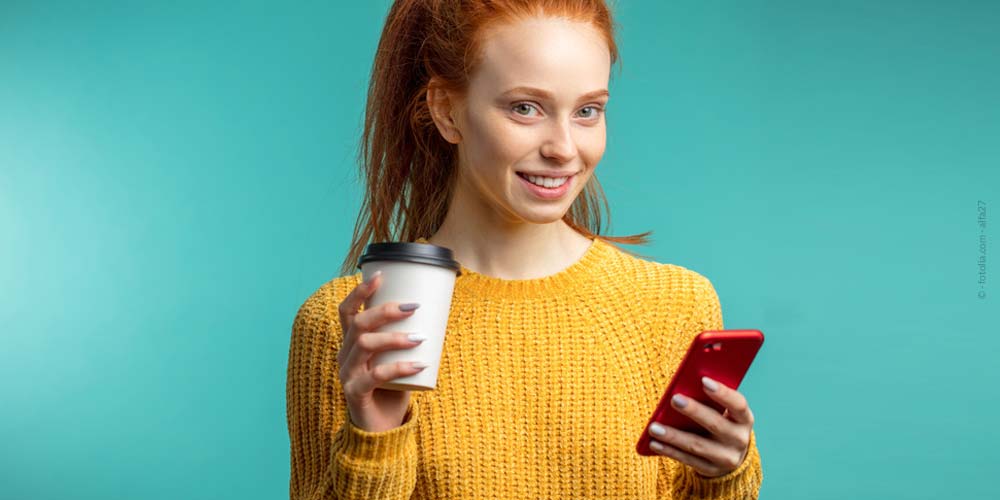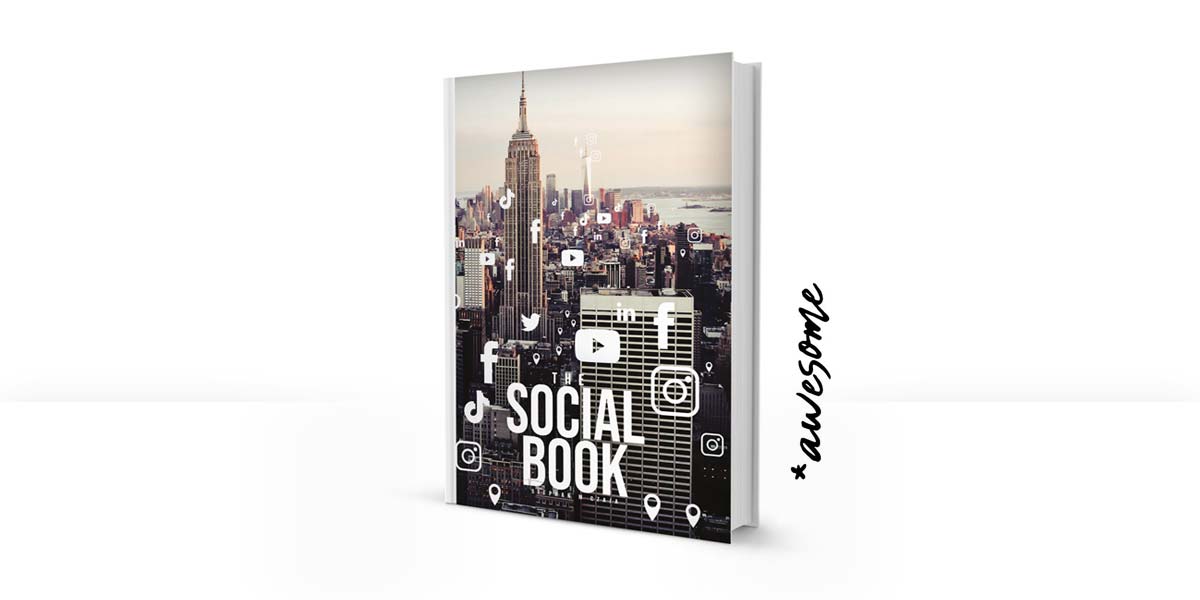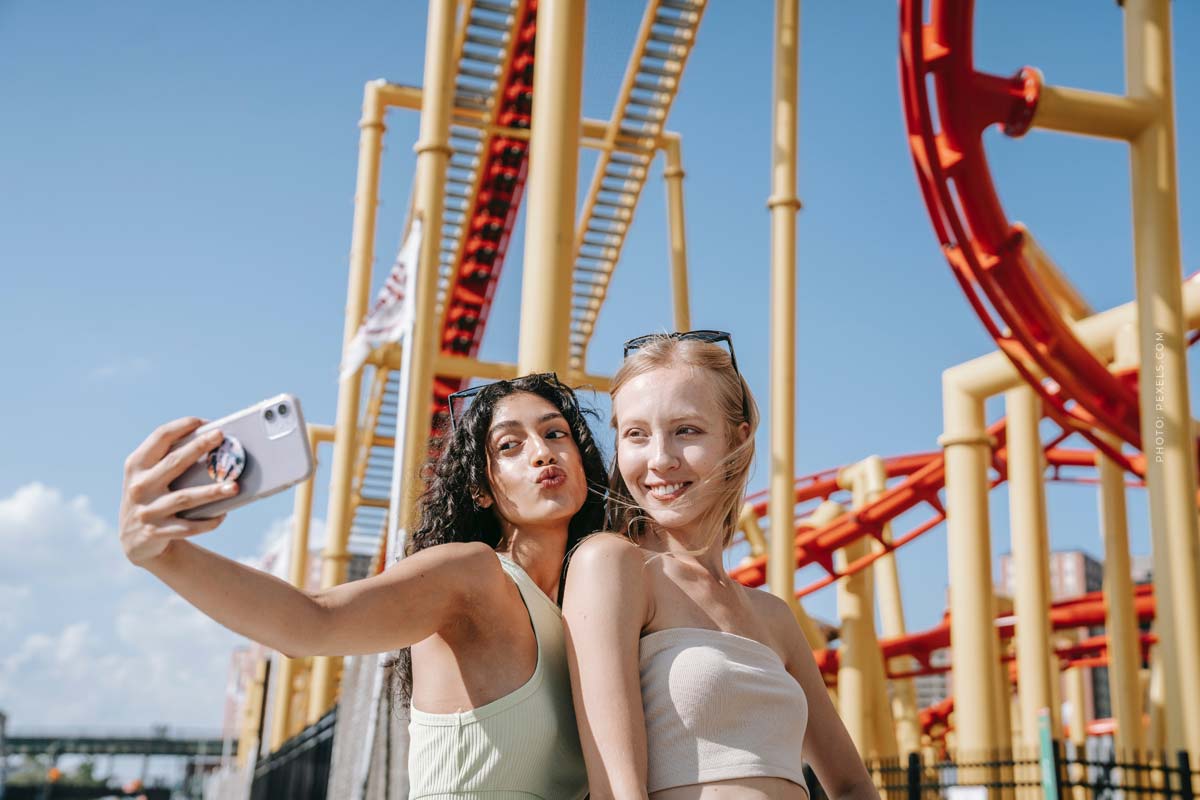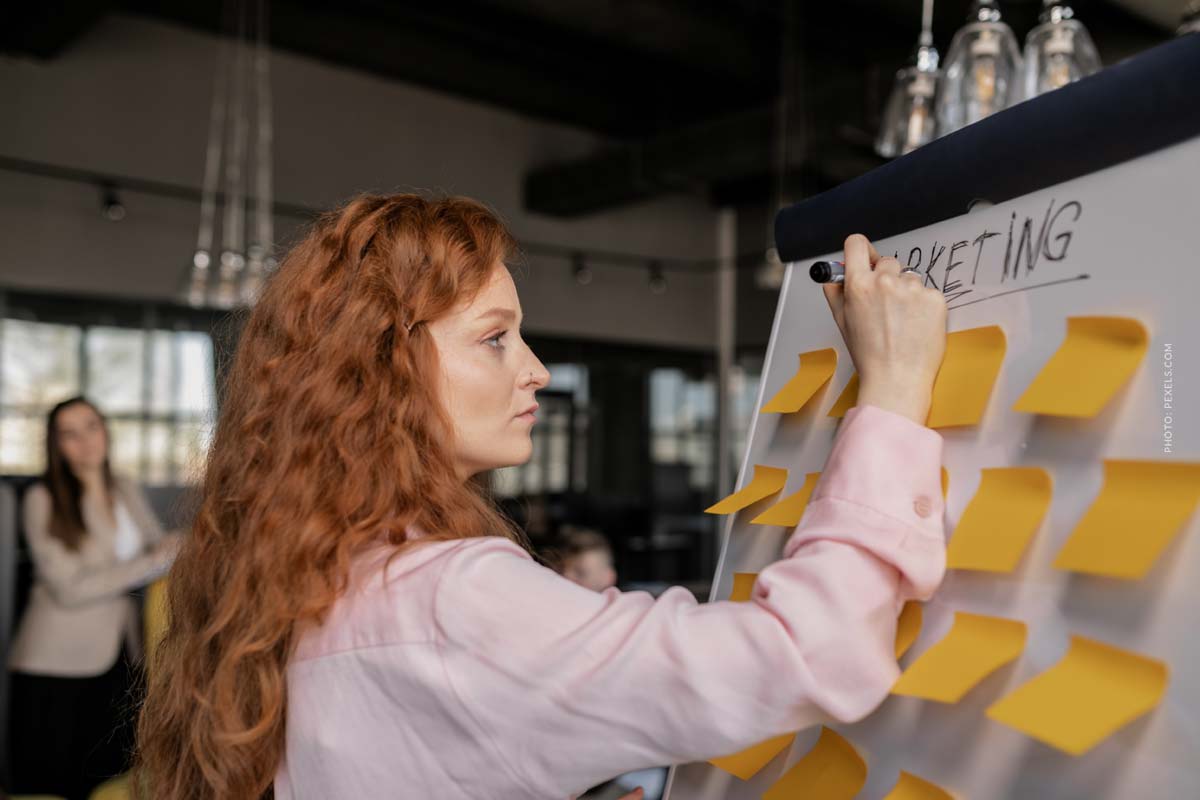Monitoring: Why Social Media Monitoring?
Social media monitoring is important, because in the end there must always be profits. Social media campaigns are never automatically successful. Previous experience is always combined with live experience, how does the target group react at the current moment? Based on this basic information, a social media agency develops concepts to make social media channels, advertisements and community management as effective as possible so that the company is in the black at the end of the day.22
Monitoring the successes – Facebook, YouTube, Instagram and Co
However, social media monitoring is extremely different. There are areas in influencer marketing that can hardly be monitored at all. The last action, for example, coupon codes in Instagram Postings. No direct links can be placed here and therefore clicks and sales cannot be traced. Of course, this is a big problem for many companies who are also building reach with the promotion through influencers. At the same time, there are options such as Facebook ads that can also be switched to Instagram, which are extremely accurate in report thing and monitoring. So accurate that even many critics are concerned about privacy, after all, advertising is becoming increasingly personalized. Here, paths can be traced extremely precisely so that you know and see exactly who likes your own brand, who buys the products, who is interested in similar products, how old the people are, where they come from and what their interests are.
The evaluation in monitoring is so different. If you really want to deal with this topic, you should start directly with software. The subject of monitoring is so diverse and special that it cannot be explained in a few paragraphs. The best recommendation is therefore Learning by Doing and YouTube videos! Add a portion of cleverness and the monitoring can begin.
KPI – Key Performance Indicator
There is only one term for measuring success in business management: key performance indicators. The so-called KPIs document the degree of fulfillment. In online marketing, these are primarily the conversion rate, which provides information on sales or contracts, the click-through rate (CTR), with a statement on the proportionality of clicks achieved in comparison, up to the interaction rate, the engagement rate, which indicates how many reactions there were to certain media content, and up to the response rate, which provides information on how many responses there were to a certain action.
Let’s take another look at the different KPIs:
Interaction Rate – Engagement Rate
The interaction rate or the commitment of the users plays an important role in two areas in particular. On the one hand, in monitoring, i.e. the measurement and evaluation of success following campaigns.
The formula for calculating the interaction rate:
( Likes + comments x 5 ) / Views = commitment</block quota>(
You can adjust the value x 5 as desired, upwards or downwards. More about Intercation rate
Click Rate – Click Through Rate CTR
The click through rate (CTR) is an extremely important indicator in reporting and monitoring. As a key figure, the click rate provides information about the relation between the views, the so-called sightings, and the clicks. The higher this percentage, the more successful the campaign.
- A social media posting reaches 1,000 people,
- Of which 50 click on the offer,
- Gives a click rate of 5%
The click rate formula:
Impressions (views) / clicks = click rate</block rate>
More about Click rate
Conversion / Conversion Rate
For the interaction rate or the engagement, the conversation with the own target group is a decisive success factor for your social media marketing. Conversation is the basic model in media studies. By exchanging information, novelties, innovations, all conceivable forms of information are disseminated.
More about Conversion Rate
Response Rate – Response Rate
The response rate indicates the response rate to a particular campaign and, when comparing several campaigns, which success factors can be derived from it. The response rate can have very different reasons, a simple example would be a marketing survey sent to 1,000 companies. If 400 questionnaires came back, the rate would be 40%.
The formula for calculating the reaction rate:
( received / sent ) * 100 = Response Rate
More about the reaction rate
Influencer Monitoring
Influencer monitoring can be difficult in some cases. In other cases it is again relatively simple. Ultimately, the best way to monitor influencers is to have direct access to the statistics and analyses of each influencer. Of course, this is not always possible, so most influencers usually send screenshots of statistics. You can then use social media software to offset and check these in parts. In principle, however, the aim is not only to equip influencers with free articles and products, but also to report the actions and interactions in a sustainable manner. Just as with advertisements, the ultimate goal is to separate successful influencers from less successful ones so that long-term collaboration only begins with influencers who ultimately provide conversion.
The simplest and most effective way is to use so-called short links. Short links are then placed below the postings, e.g. in the YouTube description, the description below the Facebook posting and of course as a Swipe Up link in the Instagram Stories. In the back end of the short link provider, you can see in the statistics how often the user clicked. If you work with 20 influencers, you can compare all influencers after 30 days. Just write down the costs and the clicks next to them. From this you can calculate how much you paid for a click. The influencers with the most successful campaign will then continue to be booked. The tracking and reporting of influencer campaigns is as simple as that.
You have learned how to calculate the click rate before, with a small variation you can calculate the click price.
Calculation and formula for click price
- Costs / Clicks = Click price
Let’s look at the comparison in a simple example:
- Influencer A costs 2.000 € for 250 clicks = 8,00 € per click
- Influencer B costs 10.000 € with 500 clicks = 20,00 € per click
- Influencer C costs 7.000 € for 800 clicks = 7.20 € per click
- …
As a result, the campaign with Influencer C would persist.
Of course there are other factors, but these are the basics. Of course, there are other factors that are important for the valuation:
- Impressions, reach in the community
- For major influencer branding and positive image
- Conversion Raid, Closings after click
Reporting and monitoring software
If you are more interested in monitoring in social media marketing and want to work with analysis methods of a sSocial Media agency, then we recommend you take a look at Social Media Software. Especially on our large articles on the subject:

